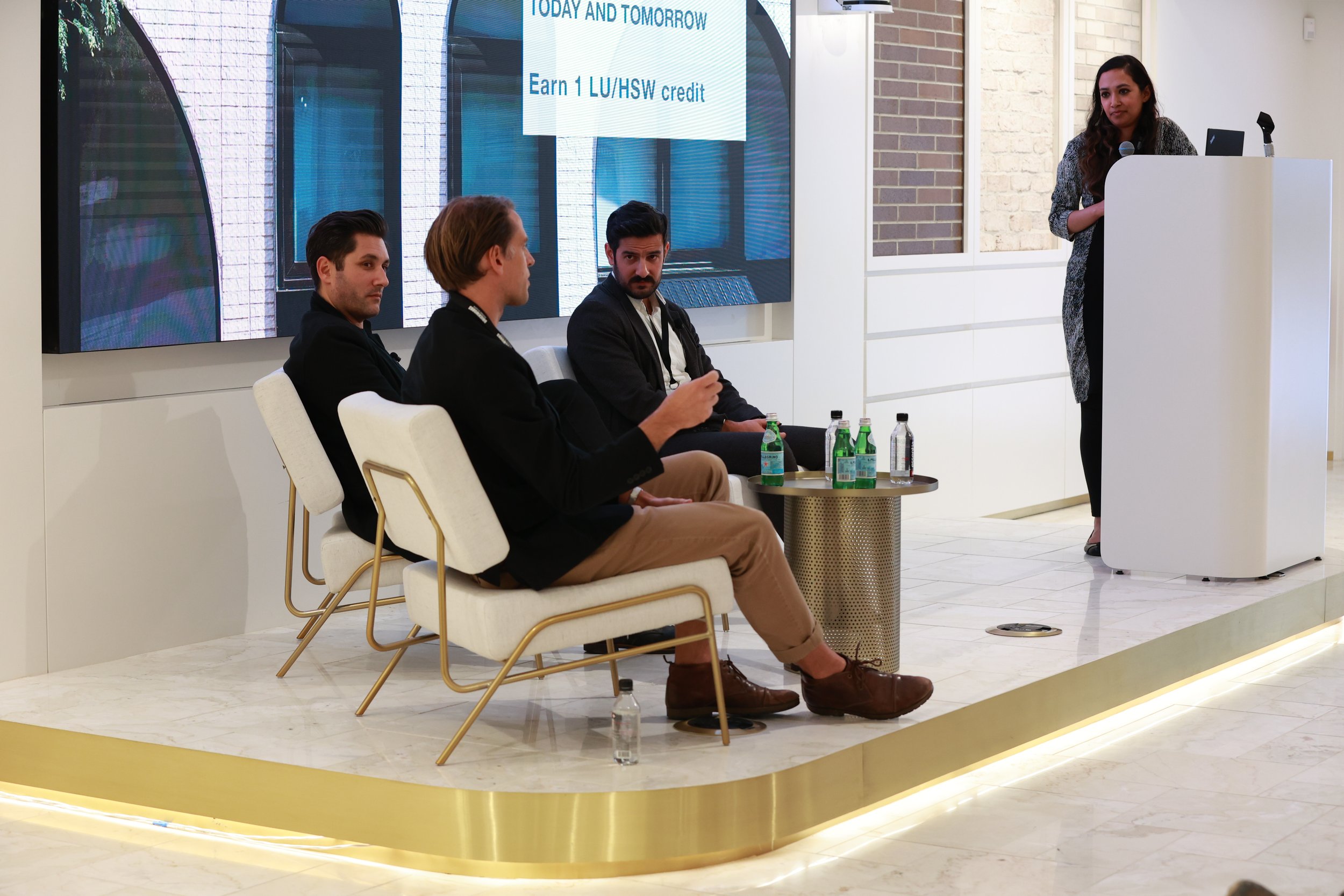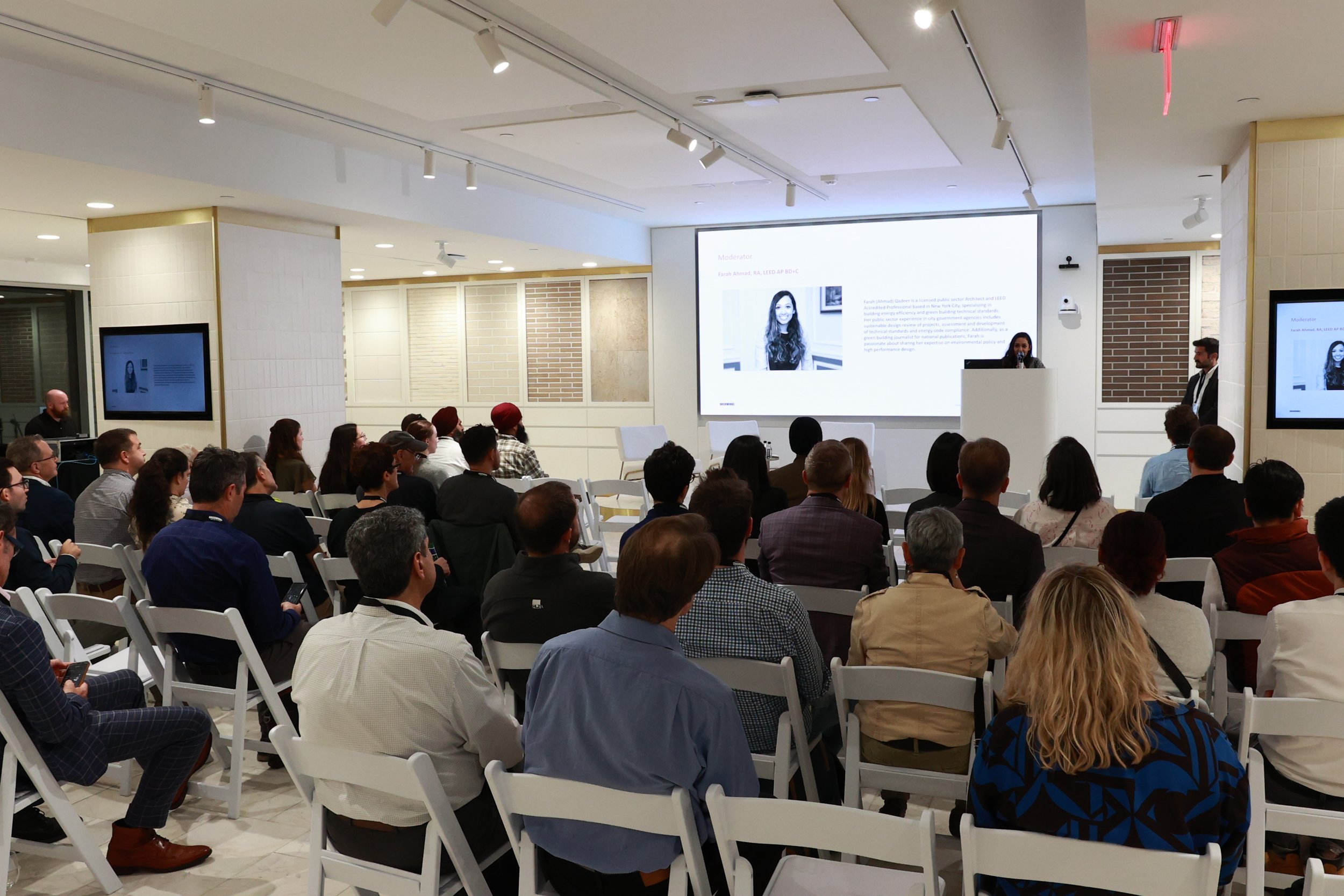Maternity Leave Highlights
Farah Ahmad
2024, you have been life changing.
I’m ending a six month maternity leave period and heading back to work. It has been a transformative experience… to say the least. Every single day of the last six months has been about my newborn. I haven’t been apart for him for more than a few hours! It’ll be a little tough emotionally but I can proudly hold up my growing baby and say that he is the ‘project’ I’ve been working on!
Raising a baby has been one of the most challenging yet dynamic experiences of my life! The rapid development of the baby has lent itself to emotions of joy, motivation, surprise, stress and more. Regardless of how taxing being a new mom can be, I feel immensely grateful to have another piece of my soul walking around me, giggling, and exploring the world with his curious eyes and hands.
What have I gained from this experience?
I have a newfound motivation to push forward harder in my career. Everyday I will go to work knowing that I am building a future for my son.
I have learned to prioritize tasks and become efficient during the day. Multi-tasking when feasible is the name of the game. Progressing forward slightly on tasks routinely accumulates to success long term.
I will learn to say no and accept only those opportunities that provide self-growth and value.
I would strongly encourage new parents to maximize their leave. The time needed to rest and to bond with a newborn child is so critical to their development. With my child growing so quickly and developing so many ways to communicate and explore, I felt that being by his side all the time was extremely helpful to learn and adapt to all of these changes while responding to his needs effectively.
My tips for new moms in the profession are the following:
-Before baby is born, finish all your personal housekeeping items (renew that driver's license, complete your annual medical appointments, etc).
-Use feeding time on your leave to complete your continuing education credits. I earned my LFA credential during baby's naps!
-Speak with your employer about reasonable accommodations during prenatal care or after childbirth. Hybrid or remote work circumstances may be available for you. Similarly, select a medical provider that can accommodate early morning, evening or weekend appointments to avoid disruptions to your work schedule.
-Share your passion for the profession with your baby. There are plenty of awesome.age appropriate reads about architecture! There’s a ‘building code for babies’ book on my shelf!
-If you've wanted to engage in freelance work, this is the time to seek out opportunities! Rehash your old connections and see what creative collabs you can work on.




















